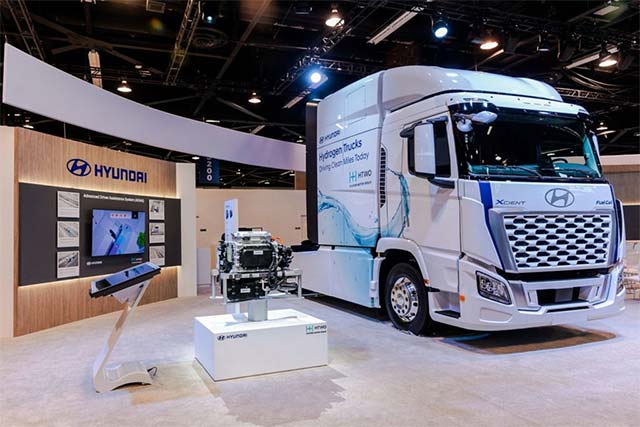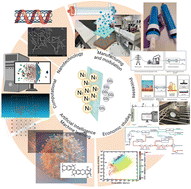Layered‐to‐Layered Synthesis of High‐Performance Nickel‐Rich Layered Cathodes via Low‐Temperature Oxidation of Layered Hydroxide Precursor
Advanced Energy Materials, EarlyView.

This investigation pioneers a low-temperature synthesis technique for Ni-rich LiTMO2, which maintains the MO6 framework integrity, delivering exceptional discharge capacity and efficiency, surpassing conventional high-temperature approaches. This low-temperature process for fabricating Ni-rich LiTMO2 cathodes, crucial for high-energy-density lithium-ion batteries, minimizes defect phases, significantly boosting capacity, efficiency, and stability compared to traditional sintering methods.
Abstract
Nickel-rich layered transition metal oxide cathodes, such as LiNixCoyMnzO2 (LiTMO2), are set to revolutionize the capabilities of lithium-ion batteries with their exceptional energy density. The conventional synthesis method, which entails high-temperature sintering of MO6-structured hydroxide precursors, leads to the decomposition of the MO6 framework to form rock salt. Although it can be reconstituted after lithiation to form a layered structure, structural defects typically remain in the final product. Hereby, a two-step, low-temperature oxidation, and lithiation process is introduced, where the MO6 structure remains, thereby producing outstanding cathode materials. The Ni0.9Co0.05Mn0.05(OH)2 precursor is initially oxidized at ambient temperature to Ni0.9Co0.05Mn0.05OOH, followed by lithiation below 90 °C. The resulting material exhibits an impressive discharge capacity of over 239.3 mAh g−1 at 0.1C within 2.7–4.3 V, and an initial coulombic efficiency (ICE) of 95.76%. A subsequent high-temperature treatment significantly enhances crystallinity, further improving the material's discharge capacity, ICE, rate capability, and cycling stability, surpassing those of traditionally sintered materials. This approach is further applied to the synthesis of LiNi0.825Co0.115Mn0.06O2 and LiNiO2, demonstrating its versatility in synthesizing nickel-rich materials. Additionally, this method helps optimize nickel-rich LiTMO2 performance while mitigating initial irreversible reactions.





















































































































































